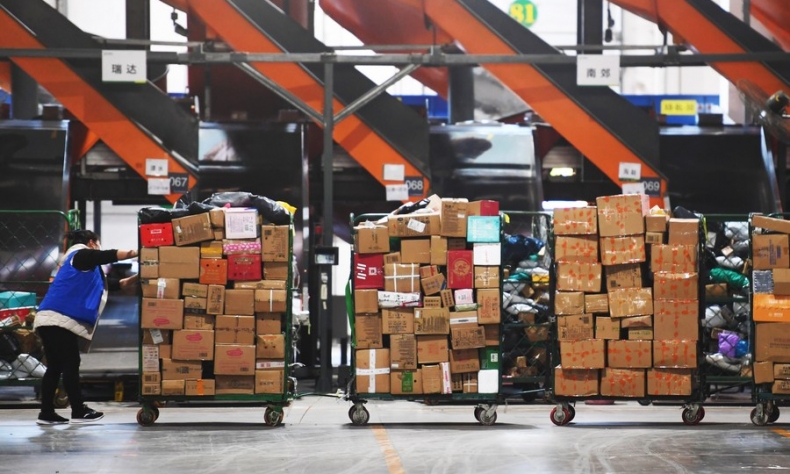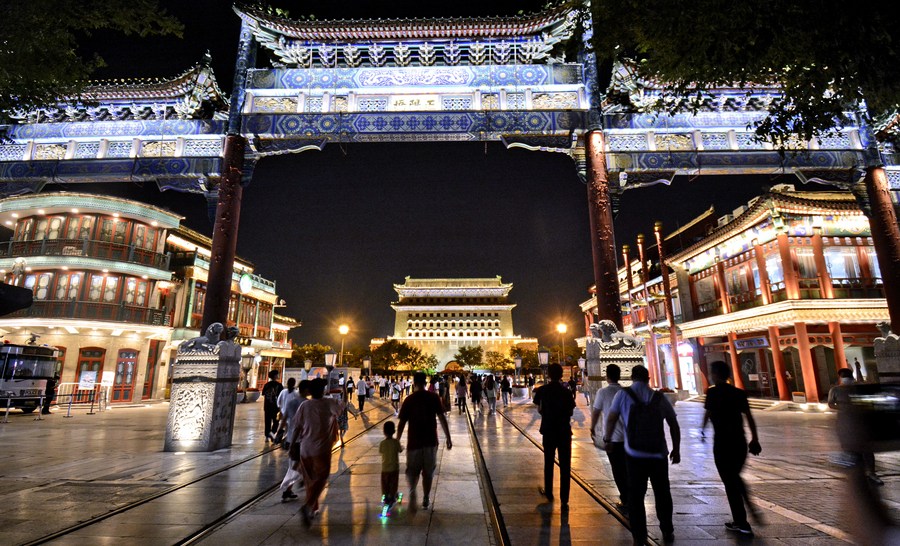The Consumption Cohort

Despite a still very active market, China needs more effective measures to persuade more people to start spending again and stimulate the economy for sustained growth.
The term “moonlight clan” refers to low-income earners in China who spend all of their income meeting their basic needs. In the past decade, this cohort has been growing steadily. According to China Central Television (CCTV) in 2021, 40 percent of singles in China’s first-tier cities belong to the “moonlight clan,” mostly young people who live paycheck to paycheck for a “quality life.” In lower-tiered cities with lower monthly incomes, the proportion of the “moonlight clan” has risen sharply.
On the flip side, the Chinese household savings rate remains high. The average savings rate in China is over 45 percent—a figure above average measured by any global average. In other words, nearly half of a household’s income does not flow back into the economy but sits in a bank account (or somewhere else).
Some economists are concerned about this high rate, citing restricted capital flows and a less active currency. Others consider it useful to cushion one’s financial portfolio against market volatility.
Different perspectives produce different conclusions so both arguments hold up. But given China’s current economic picture, the high savings rate is a good thing.
Thanks to effective COVID-19 prevention and control policies, China was the only major economy to register positive economic growth in 2020.
Nevertheless, recently, a huge number of businesses have shut down, and many people have seen their incomes shrink or struggle to find a job. In the first half (H1) of this year, COVID-19 resurgences in many places wreaked havoc on China’s economic recovery and growth.

Fortunately, tumbling incomes have not triggered any major economic backlash as consumers continue to spend as usual. The bustling market can, to large extent, be ascribed to the huge savings people can fall back on amid the pandemic-induced economic downturn.
According to the National Bureau of Statistics, consumption has become the major driver of economic growth in recent years, contributing to 60 percent of China’s GDP. In response to downward pressures in H1, the Chinese Government has worked out a set of policies meant to spur residents’ consumption, such as encouraging the purchase of vehicles in the countryside and distributing consumption vouchers. The latter cover a large portion of local retail, food and beverage and service outlets as well as their online platforms, plus the purchasing of activities and experiences.
High savings rates are undoubtedly an important backstop for these policies because without actual money in the bank, no matter how encouraging the policies are, the public just won’t shop.
But the nation’s growing “moonlight clan” does reveal a change in attitude toward consumption. Chinese Gen Zs are not only passionate about shopping but often tend to overdraw their accounts. Of course, this consumption cohort only makes up a small fraction of the population. Most married couples today are still cutting their spending, mainly saving up for three purposes: children’s education, real estate purchases and senior care.
Despite a still very active market, China needs more effective measures to persuade more people to start spending again and stimulate the economy for sustained growth. The savings of the Chinese population currently total 100.3 trillion yuan ($14.9 trillion), implying a huge force to propel economic growth. And once more people feel like splurging again, China’s domestic market will surely grow stronger, promising sound economic growth in the long term.
 Facebook
Facebook
 Twitter
Twitter
 Linkedin
Linkedin
 Google +
Google +










